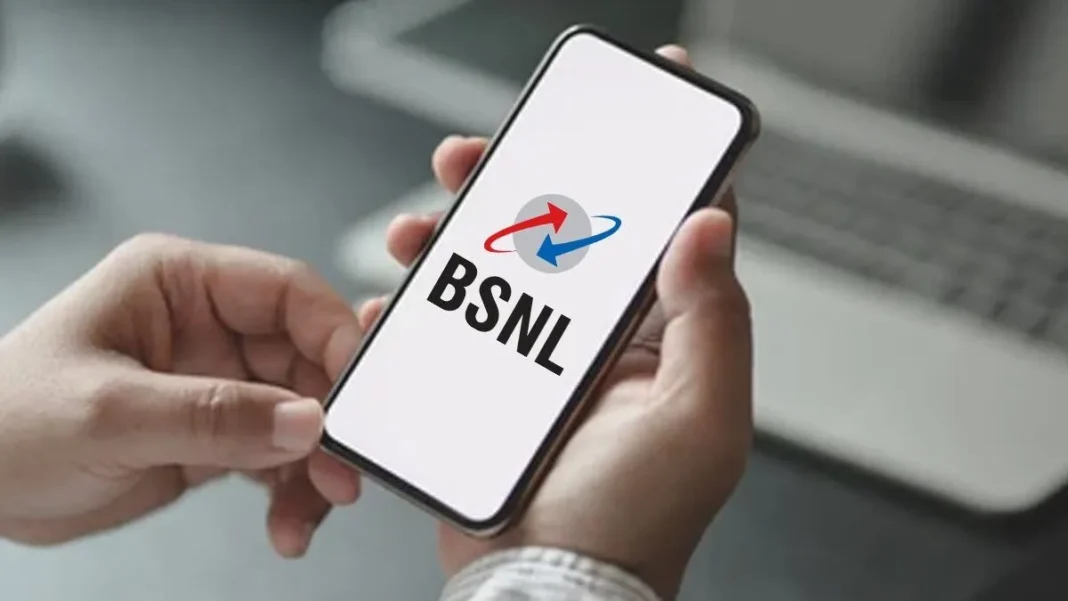Bharat Sanchar Nigam Limited (BSNL), India’s state-owned telecom operator, stands to gain a significant competitive advantage in the emerging satellite internet market by paying just 1% of Adjusted Gross Revenue (AGR) for its satellite license, a fraction of the 4% likely imposed on private entrants like Starlink and Jio Satellite. This favorable rate, stemming from BSNL’s existing Global Satellite Personal Services (GSPS) license, was underscored in a September 30, 2025, report by Communications Today, positioning the public sector giant to spearhead commercial satellite broadband rollout amid the Department of Telecommunications’ (DoT) finalization of spectrum pricing. For telecom analysts, digital inclusion advocates, and satellite tech enthusiasts searching BSNL satellite internet 1% AGR, India satellite license fees 2025, or BSNL vs Starlink competition, this disparity—rooted in BSNL’s strategic and government user focus—could accelerate affordable connectivity for remote areas, where 40% of India’s population lacks reliable broadband. As the DoT prepares to allocate spectrum for direct-to-device (D2D) services, BSNL’s lower costs enable aggressive expansion, potentially serving 83,000 4G sites and bridging the urban-rural divide, though private players like Bharti-backed Eutelsat OneWeb await similar terms.
The policy reflects India’s Atmanirbhar Bharat push, prioritizing public telecom for national coverage while inviting private innovation.
BSNL’s License Advantage: 1% AGR vs. Private Sector’s 4%
Under the GSPS framework, BSNL’s satellite operations incur a 1% AGR fee, far below the 4% spectrum usage charge (SUC) and license fees expected for new private entrants. This stems from BSNL’s role in serving strategic users like defense and disaster management, granting it legacy privileges as the DoT finalizes commercial spectrum rules.
- AGR Calculation: 1% of gross revenue, excluding deductions, vs. private’s combined 4-5% SUC + license fees.
- Spectrum Access: BSNL awaits DoT’s pricing for S-band and L-band; private firms like Jio SES and Eutelsat OneWeb face auctions or administrative allocations at higher rates.
- Strategic Edge: Enables BSNL to offer low-cost D2D services, starting with messaging and SOS, expanding to full internet.
Communications Today analyst noted: “BSNL’s 1% AGR gives it a real advantage, especially for government and remote users.”
| Operator | AGR/SUC Rate | Spectrum Access | Target Users |
|---|---|---|---|
| BSNL | 1% AGR | Existing GSPS | Government, Remote |
| Private (Starlink, Jio) | 4% SUC + Fees | Auction/Allocation | Commercial |
BSNL’s Satellite Push: D2D Services and Digital Inclusion
BSNL launched India’s first D2D satellite service in November 2024, using Viasat’s partnership for messaging and UPI in no-coverage areas, with full internet planned for 2025. The 1% fee supports expansion to 83,000 4G sites and satellite coverage for 40% underserved population.
- Features: Emergency calls, SOS, UPI payments via satellite (e.g., Google Pixel integration).
- Partnerships: Viasat for aviation/maritime; potential with Starlink rivals.
- Impact: Bridges digital divide, serving 1.2 billion connections with 97 crore internet subscribers.
BSNL CMD Pravin Kumar Purwar: “Our low fees enable affordable connectivity nationwide.”
Private Sector Competition: Starlink and Jio’s Challenge
Private players like Starlink (FIU-registered) and Jio SES await spectrum, facing 4% fees that could raise costs. BSNL’s edge positions it as a leader, but collaboration is key for nationwide coverage.
- Starlink: Ground stations ready; commercial launch Q1 2026.
- Jio SES: Bharti-backed; focuses on enterprise.
- Market Potential: Rs 10,000 crore satellite broadband by 2030.
Conclusion: BSNL’s Low-Fee Leap in Satellite Connectivity
BSNL’s 1% AGR for satellite internet licenses is a strategic win, enabling affordable D2D services amid private competition. As DoT finalizes rules, it could transform rural access. For telecom, it’s public power—will Starlink catch up? The signals strengthen. ET



